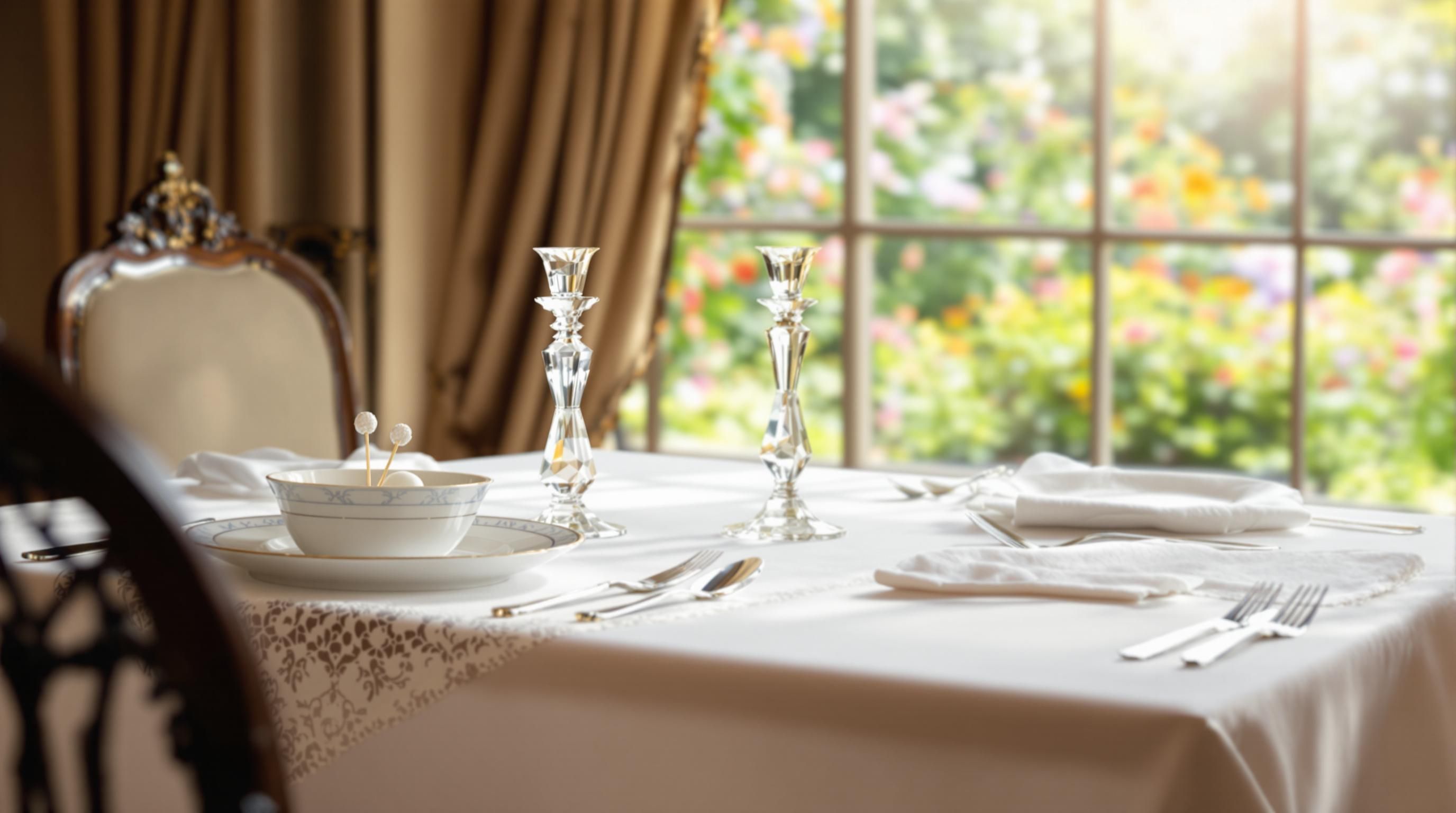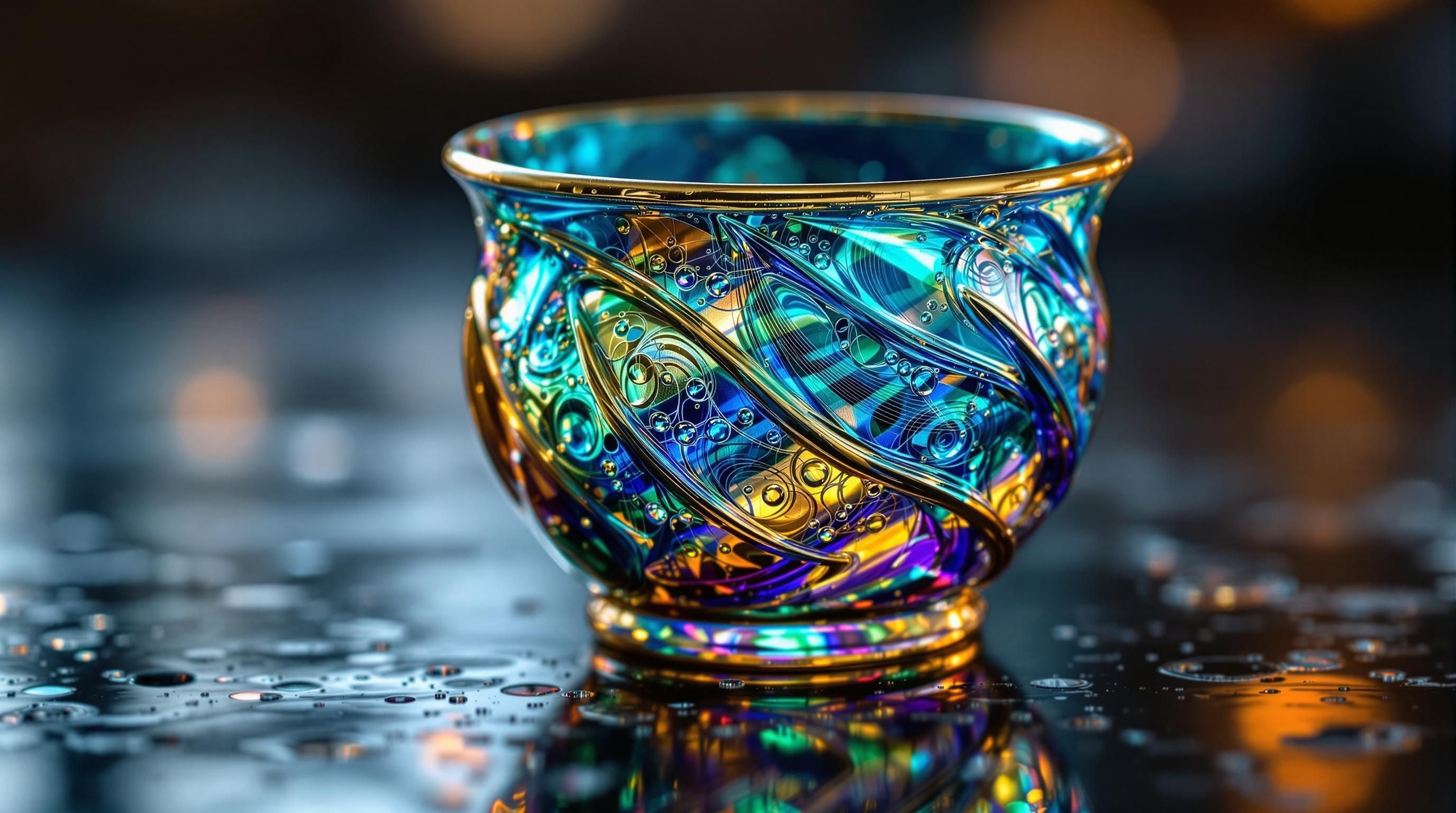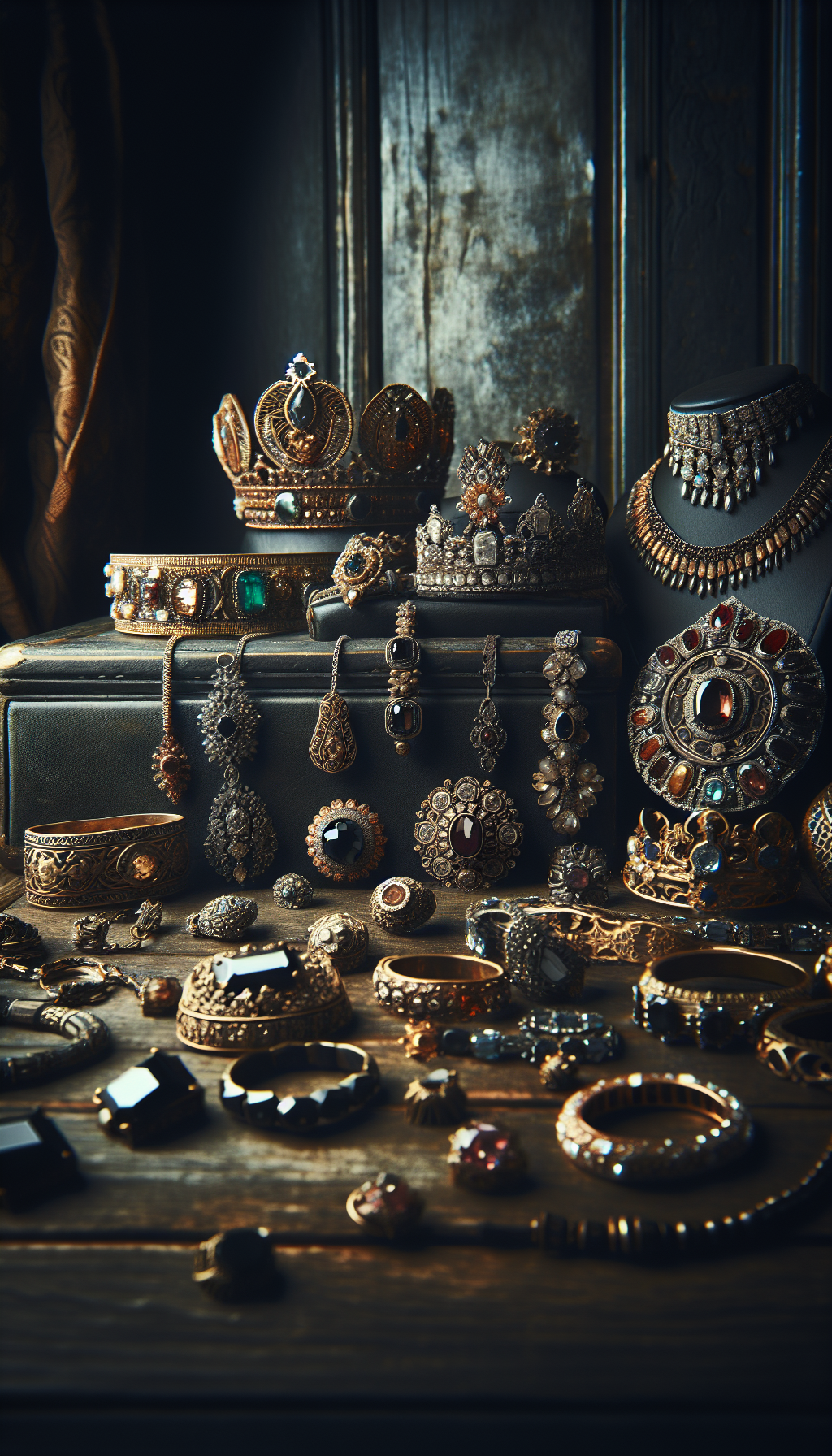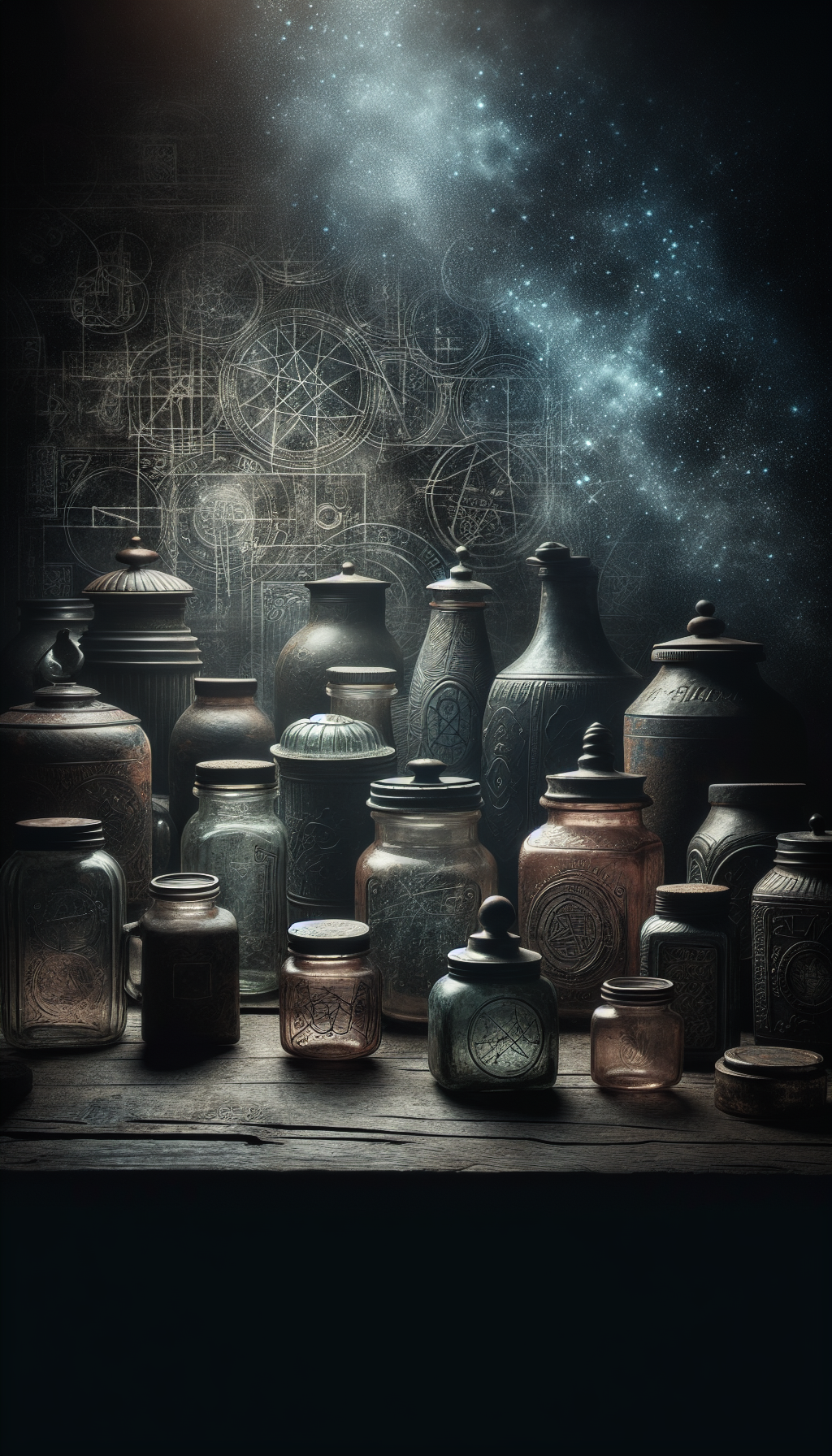Introduction to Antique Toothpick Holders
Antique toothpick holders represent a fascinating niche in the collecting world. These small but charming tabletop accessories were once essential items in well-appointed Victorian and Edwardian homes. Today, they’re sought after by collectors who appreciate their historical significance, craftsmanship, and decorative appeal.
Toothpick holders first gained popularity in the late 19th century when proper etiquette dictated that toothpicks be available for guests after meals. Far more than merely functional items, these holders were crafted from fine materials and often featured intricate designs that reflected the artistic styles of their era.
In this comprehensive guide, we’ll explore the fascinating world of antique toothpick holders, their historical significance, factors that influence their value, and what collectors should look for when buying or selling these diminutive treasures.
The History of Toothpick Holders
Toothpick holders emerged as popular household items during the Victorian era (1837-1901) when formal dining reached its peak of elaborate ceremony. During this time, using a toothpick in public was considered acceptable only if done discreetly, and having an attractive container to present them became a mark of refinement.
The golden age of toothpick holders spanned from the 1880s through the 1920s. During this period, they were produced in a variety of materials and styles to complement fine dining settings. American glass companies like Fostoria, Cambridge, and Heisey produced popular patterns, while European manufacturers created exquisite porcelain and silver examples.
Evolution of Toothpick Holders
- 1850s-1880s
Early Examples
The earliest specialized toothpick holders appeared, primarily in silver, silver plate, and fine porcelain. These were often part of formal table settings in wealthy households. - 1880s-1910s
Peak Production Period
The golden age for toothpick holders, with mass production making them accessible to middle-class households. Glass manufacturers produced countless patterns and styles during this period. - 1910s-1930s
Art Deco Influence
Modern designs reflecting Art Deco aesthetics became popular. Silver and chrome-plated holders with geometric patterns appeared alongside traditional styles. - 1940s-1950s
Decline in Use
Mass-produced novelty toothpick holders became popular as promotional items, while traditional formal dining accessories gradually declined in everyday use. - 1970s-Present
Collector's Market Emerges
As original pieces became scarce, a dedicated collector’s market developed, with certain rare examples commanding significant prices at auction.
With the simplification of dining customs after World War II, formal toothpick holders gradually disappeared from regular use, though novelty versions remained popular through the mid-20th century. Today, these items are primarily valued as collectibles rather than functional pieces.
Types of Antique Toothpick Holders
Glass Toothpick Holders
Glass toothpick holders are among the most abundant and varied in the collector’s market. American glass companies produced thousands of different patterns, making glass examples accessible entry points for new collectors.
Types of glass commonly used include:
- Pressed glass - Machine-molded glass with distinctive patterns
- Cut glass - Featuring hand-cut facets and designs
- Art glass - Including carnival glass, opalescent, and iridescent finishes
- Crystal - Higher-quality lead glass with superior clarity and resonance
Crystal toothpick holders from prestigious makers like Waterford or Baccarat command premium prices, especially when they feature intricate cutting patterns. Clear pressed glass examples from the early 20th century are generally more affordable for beginning collectors.
Porcelain and Ceramic Toothpick Holders
Porcelain and ceramic toothpick holders offer some of the most decorative and whimsical designs in the category. These pieces range from delicate hand-painted European porcelain to colorful American pottery.
Notable types include:
- RS Prussia and RS Germany - Known for their fine porcelain with floral transfers
- Nippon - Japanese export porcelain popular in the early 20th century
- Ironstone - Durable ceramic with transfer printed designs
- Majolica - Colorful glazed pottery with raised designs
Porcelain novelty figural toothpick holders, shaped like animals, people, or objects, are particularly collectible. Many collectors specialize in just these figural designs, which can range from comical to elegant.
Silver and Metal Toothpick Holders
Silver and silverplate toothpick holders represent some of the most valuable examples, particularly those crafted by renowned silversmiths or featuring elaborate designs.
Common types include:
- Sterling silver - Solid silver pieces, often with hallmarks
- Silver plate - Base metal with silver coating
- Art Nouveau/Art Deco - Distinctive stylistic periods with characteristic designs
- Figural designs - Shaped like animals, people or objects
Silverplate examples from companies like WMF (Württembergische Metallwarenfabrik) often feature Art Nouveau designs and can be particularly valuable. Cast iron holders, while less common, are also highly collectible, especially the woodpecker design that dispensed toothpicks when a lever was pressed.
Current Market Statistics for Antique Toothpick Holders
Price Ranges by Material and Type
Current market values based on recent sales and listings
</tbody>
</table>
Factors That Determine Value
Age and Rarity
Generally, the older the toothpick holder, the more valuable it may be, particularly for examples predating 1900. However, age alone doesn’t determine value—rarity plays a crucial role. Some patterns or designs were produced in limited quantities, making them more desirable to collectors.
Limited production runs, pieces from short-lived manufacturers, or examples that weren’t widely distributed tend to command higher prices. Conversely, mass-produced patterns from the early 20th century, while antique, may be relatively common and affordable.
Maker and Provenance
Pieces from prestigious manufacturers or renowned designers typically bring premium prices. Look for maker’s marks, signatures, or hallmarks on the base or side of the holder.
Notable manufacturers that command higher values include:
- Glass: Tiffany, Steuben, Baccarat, Waterford
- Silver: Gorham, Tiffany & Co., Reed & Barton, international silversmiths
- Porcelain: Meissen, RS Prussia, Limoges, Royal Vienna
Documented provenance—the history of an item’s ownership—can also significantly increase value, especially if the piece was owned by someone notable or has an interesting historical connection.
Condition
Condition significantly impacts value, with mint or near-mint examples commanding the highest prices. For toothpick holders, common condition issues include:
- Chips or cracks (especially on glass or porcelain)
- Wear to silver plating or gilding
- Fading of hand-painted details
- Repairs or restorations
Condition Assessment for Toothpick Holders
Use this checklist to evaluate the condition of an antique toothpick holder
- No chips, cracks or repairs
- Original finish intact with minimal wear
- No significant scratches or abrasions
- All decorative elements intact and undamaged
- Original color with no fading
- No tarnish or pitting (for metal items)
- Original patina appropriate for age
- No staining or discoloration
While minor wear consistent with age is acceptable, significant damage dramatically reduces value. Repairs, unless done by a professional conservator, typically decrease value by 50% or more compared to undamaged examples.
Design and Aesthetics
Unusual, intricate, or particularly artistic designs typically command higher prices. Art Nouveau and Art Deco styles are especially sought after, as are figural designs that depict animals, people, or objects.
Color also affects value—rare colored glass examples often bring more than clear glass of the same pattern. For porcelain, hand-painted pieces typically outvalue transfer-printed designs of similar age and quality.

Identifying Authentic Antique Toothpick Holders
Size and Shape
Authentic toothpick holders are typically small, measuring about 2-3 inches in height and 1.5-2.5 inches in diameter. The size was practical—large enough to hold wooden toothpicks but small enough to be unobtrusive on a dining table.
Common shapes include:
- Cylindrical or slightly tapered designs
- Small vase or urn shapes
- Figural designs (animals, people, objects)
- Square or hexagonal forms
If a piece is significantly larger or smaller than these dimensions, it may be a different type of item (such as a match holder or small vase) or a modern reproduction.
Manufacturing Techniques and Materials
Examining manufacturing techniques can help authenticate antique pieces:
- Glass: Look for pontil marks (rough spot on base), hand-cutting marks, or mold seams consistent with period manufacturing
- Porcelain: Check for characteristic glazes, appropriate crazing for age, and bottom marks
- Silver: Examine hallmarks, quality of casting, and patina consistent with age
Modern reproductions often lack the craftsmanship and attention to detail found in antique examples. Weight can also be telling—many antique glass and crystal pieces have substantial heft compared to modern reproductions.
Reproductions and Fakes
The market does include reproductions of popular antique toothpick holder designs. These modern pieces are sometimes misrepresented as antiques, either deliberately or through misidentification.
Common reproduction warning signs:
- Unusually bright or perfect condition for supposed age
- Inconsistent wear patterns
- Modern manufacturing marks
- Colors or materials not used in the original period
- Prices significantly below market value for genuine antiques
Research specific patterns and manufacturers before purchasing valuable examples, as many popular designs have been reproduced over the years.
Notable Collectible Categories
Figural and Novelty Designs
Figural toothpick holders, designed to resemble animals, people, or objects, are among the most collectible categories. These whimsical pieces range from realistic to humorous and include:
- Animals (birds, dogs, cats, elephants)
- Human figures (children, cultural stereotypes, occupational figures)
- Objects (shoes, hats, barrels, vehicles)
The cast iron woodpecker toothpick dispenser from the 1940s-1950s is particularly sought after. When a lever is pressed, the woodpecker’s head moves down to “peck” a toothpick out of the holder. These mechanical pieces can fetch $200-$300 in working condition.

Pattern Glass Collections
Many collectors focus on specific pattern glass designs. American glass companies produced numerous patterns during the late 19th and early 20th centuries, and some collectors aim to acquire toothpick holders in all available colors of a particular pattern.
Popular collectible patterns include:
- EAPG (Early American Pattern Glass) designs
- Thumbprint patterns
- Diamond point and hobnail textures
- State patterns (with state names or symbols)
Pattern glass toothpick holders typically range from $10-$50 depending on pattern, color, and condition, making them accessible for beginning collectors.
Silver and Art Nouveau Examples
Silver and silverplated toothpick holders, particularly those in the Art Nouveau style (1890-1910), represent some of the highest value examples. These pieces feature flowing, nature-inspired designs typical of the period.
WMF (Württembergische Metallwarenfabrik) Art Nouveau examples are particularly collectible, with recent sales reaching $500 or more for exceptional pieces. Holders by noted silversmiths like Gorham and Tiffany also command premium prices.
Recent Notable Auction Sales
Examples of high-value toothpick holders sold at auction
| Category | Price | Notes |
|---|---|---|
| Crystal and Cut Glass | $15-$150 | Higher values for signed pieces by renowned makers |
| Silver and Silverplate | $50-$500+ | Sterling examples command premium prices |
| Porcelain and Ceramic | $20-$200 | Figurals and hand-painted examples bring higher prices |
| Cast Iron Novelty | $130-$300 | Mechanical examples in working condition most valuable |
| Pressed Glass (Common) | $10-$50 | Colored glass commands higher prices than clear |
| Art Nouveau/Art Deco | $75-$700 | Pieces by named designers bring highest values |
</tbody>
</table>
Where to Buy and Sell Antique Toothpick Holders
Online Marketplaces
Online platforms offer the widest selection of antique toothpick holders:
- eBay - Features thousands of listings across all price points
- 1stDibs - Focuses on higher-end, authenticated examples
- Etsy - Good source for mid-range vintage and antique examples
- Ruby Lane - Curated selection from vetted dealers
When buying online, ensure listings include multiple clear photos from all angles, detailed condition descriptions, and measurements. For valuable pieces, verify the seller’s return policy and reputation before purchasing.
Antique Shops and Shows
Physical antique shops and antique shows offer the advantage of in-person inspection:
- Regional antique malls often have booths specializing in glass or silver
- Annual glass collector shows feature specialized dealers
- Estate sales in older homes can yield unexpected finds
Handling items in person allows for careful examination of condition issues that might not be visible in photographs. Build relationships with reputable dealers who specialize in your area of interest.
Auction Houses
For rare or high-value toothpick holders, traditional auction houses provide authentication and provenance:
- Major auction houses like Christie’s or Sotheby’s for exceptional examples
- Regional auction houses for mid-range pieces
- Online auction platforms like LiveAuctioneers for access to global auctions
Auction catalogs typically provide detailed descriptions, condition reports, and estimates. Remember that final prices will include buyer’s premiums (typically 20-25% above the hammer price).
Collector Groups and Resources
Joining collector groups provides valuable education and networking opportunities:
- The National Toothpick Holder Collectors’ Society offers resources and collector events
- Glass collector clubs often include toothpick holder specialists
- Online forums and social media groups connect collectors worldwide
These communities share knowledge about reproductions, current market values, and upcoming sales events that may not be widely advertised.
Care and Preservation
Display Considerations
How you display your collection affects both enjoyment and preservation:
- Keep glass and porcelain pieces in stable cabinets away from high-traffic areas
- Avoid direct sunlight, which can fade colors and damage delicate materials
- Consider museum putty for securing pieces against minor tremors
- Display cards noting origin and age enhance education value
Rotating displays allows you to enjoy more of your collection while limiting light exposure to individual pieces.
Cleaning and Maintenance
Different materials require specific cleaning approaches:
- Glass and crystal: Wash with mild soap and warm water; avoid dishwashers
- Porcelain: Dust with soft brushes; clean with diluted mild soap if necessary
- Silver: Use proper silver polish and anti-tarnish strips in storage
- Cast iron: Keep dry and lightly oiled to prevent rust
Avoid harsh chemicals that can damage original finishes. When in doubt, consult a professional conservator, especially for valuable pieces.
Storage Tips
Proper storage prevents damage when pieces aren’t on display:
- Wrap items individually in acid-free tissue or soft cloth
- Store in climate-controlled environments (avoid attics and basements)
- Use dividers in storage boxes to prevent contact between pieces
- Keep detailed inventory records with photographs and descriptions
Regular inspection of stored pieces helps catch potential issues before they become serious problems.
Common Questions About Antique Toothpick Holders
How can I tell if my toothpick holder is truly antique?
Determining if a toothpick holder is genuinely antique involves examining several factors:
- Check for appropriate signs of age and wear consistent with use over decades
- Look for manufacturing techniques typical of the claimed period
- Examine the base for maker’s marks, mold numbers, or hallmarks
- Research the specific pattern or design in collector guides
Glass items should show appropriate pontil marks or mold seams, while silver pieces should have hallmarks consistent with their alleged age. If the piece looks “too perfect,” it may be a modern reproduction.
What is the most valuable type of antique toothpick holder?
The most valuable antique toothpick holders generally fall into these categories:
- Sterling silver examples by renowned makers like Tiffany & Co. or Gorham
- Art Nouveau silver or silverplate pieces, especially by WMF
- Rare art glass examples by prestigious manufacturers like Tiffany Studios
- Unusual figural designs with limited production
A rare Tiffany & Co. sterling silver toothpick holder can command $700 or more at auction, while exceptional Art Nouveau silverplate examples have sold for $500+. However, value is highly dependent on condition, rarity, and collector demand.
How do I distinguish a toothpick holder from similar small containers?
Toothpick holders can be confused with similar small containers like match holders, vases, or spills. Look for these distinguishing characteristics:
- Size: Typically 2-3 inches tall and 1.5-2.5 inches in diameter
- Design: Usually with a wide opening suitable for accessing toothpicks
- Purpose: No lid (unlike match safes) and generally too small for flowers
Match holders often have striking surfaces or lids, while spills (used to transfer fire) are typically taller and narrower. When in doubt, compare your item to confirmed examples in collector guides or museum collections.
What's the value of an antique Chinese carved ivory toothpick holder?
Antique Chinese carved ivory toothpick holders typically value around $50-60, based on current market research. However, it’s crucial to understand that trade in ivory is highly restricted in most countries under CITES (Convention on International Trade in Endangered Species).
In the United States, the sale of elephant ivory is generally prohibited with very limited exceptions for antiques over 100 years old with documented provenance. Before purchasing or selling any ivory item, consult current laws in your jurisdiction, as penalties for illegal ivory trading can be severe.
Are pressed glass toothpick holders worth collecting?
Pressed glass toothpick holders offer an excellent entry point for new collectors:
- They’re relatively affordable, with many examples available for $10-50
- Wide variety of patterns provides collecting depth
- Available in different colors for the same pattern
- Historical significance to American manufacturing
While not as valuable as high-end crystal or silver examples, pressed glass holders from the late 19th and early 20th centuries represent authentic Americana and can form the basis of an interesting and educational collection that may appreciate over time.
How can I tell the difference between crystal and regular glass toothpick holders?
Distinguishing crystal from regular glass involves several tests:
- Weight: Crystal typically feels heavier than standard glass
- Sound: Crystal produces a clear, resonant “ping” when gently tapped
- Light refraction: Crystal disperses light into prismatic colors more clearly
- Lead content: Traditional crystal contains lead, which gives it brilliance
Hold the piece up to light and look for exceptional clarity and prismatic effects. Crystal will also feel colder to the touch initially and warm up more slowly than regular glass. For valuable pieces, professional testing can determine lead content, which defines true crystal.
What is a reasonable price to pay for a vintage glass toothpick holder?
Reasonable price ranges for vintage glass toothpick holders vary by type:
- Common pressed glass patterns: $10-25
- Colored glass examples: $25-50
- Cut glass from known manufacturers: $40-100
- Rare patterns or colors: $75-150+
These are general guidelines; specialized collectors might pay premium prices for specific patterns they’re seeking. Research recent completed sales on auction platforms to understand current market values before making significant purchases.
How do I identify the maker of my antique toothpick holder?
Identifying the maker involves several approaches:
- Check for maker’s marks on the base or sides
- Research pattern identification in collector guides
- Look for mold numbers that can be traced to manufacturers
- Compare to known examples in museum collections
Glass pattern identification guides like those published by Jenks and Luna or specialized toothpick holder collector guides can help identify patterns. For porcelain, examine backstamps and compare to reference guides. Silver and silverplate will typically (though not always) feature hallmarks that identify the manufacturer and date.
External Resources for Toothpick Holder Collectors
National Toothpick Holder Collectors' Society
The leading organization dedicated to toothpick holder collecting, offering resources, events, and networking opportunities for collectors at all levels.
Collectors Weekly: Toothpick Holders
A comprehensive online resource featuring articles, photos, and listings of antique and vintage toothpick holders from various eras and styles.
eBay Collectible Toothpick Holders
One of the largest online marketplaces for buying and selling antique and vintage toothpick holders with thousands of listings.
Kovels.com Toothpick Holder Price Guide
A respected resource for current market values of antique and collectible toothpick holders, based on auction results and dealer prices.
Etsy Vintage Toothpick Holders
A marketplace featuring a curated selection of vintage and antique toothpick holders from independent sellers around the world.
1stDibs Antique Toothpick Holders
A luxury marketplace offering high-end antique toothpick holders from vetted professional dealers and galleries.
Conclusion: Building Your Collection
Antique toothpick holders offer a fascinating window into the dining customs and decorative arts of the past. Their relatively small size makes them ideal collectibles for those with limited display space, while their variety provides endless collecting possibilities.
Whether you’re drawn to the brilliance of cut crystal, the elegance of silver, the charm of porcelain figurals, or the whimsy of novelty designs, toothpick holders present a collecting category with options at every price point. As with any antique collecting, knowledge is key—invest time in research and education to make informed purchasing decisions.
For those just beginning, consider focusing on a specific material, time period, or manufacturer to build a cohesive collection. Join collector groups to connect with experienced collectors who can share their expertise and help you avoid common pitfalls.
Most importantly, collect what genuinely appeals to you. The best collections reflect the personal interests and aesthetic preferences of their owners while preserving these charming artifacts of dining history for future generations to appreciate.
Get a Professional Appraisal
Unsure about your item’s value? Our certified experts provide fast, written appraisals you can trust.
- Expert report with photos and comps
- Fast turnaround
- Fixed, upfront pricing
No obligation. Secure upload.
| Item | Price | Date | Auction House |
|---|---|---|---|
| WMF Art Nouveau Figural Toothpick Holder | $527 | 2023 | 1stDibs |
| Rare Crystal Cut Glass Toothpick Holder | $175 | 2023 | eBay |
| RS Prussia Toothpick Holder with Gold Details | $65 | 2022 | Collectors Weekly |
| Cast Iron Woodpecker Toothpick Dispenser | $280 | 2023 | Antique Auction |
| Tiffany & Co. Sterling Silver Toothpick Holder | $700 | 2023 | Christie's |




